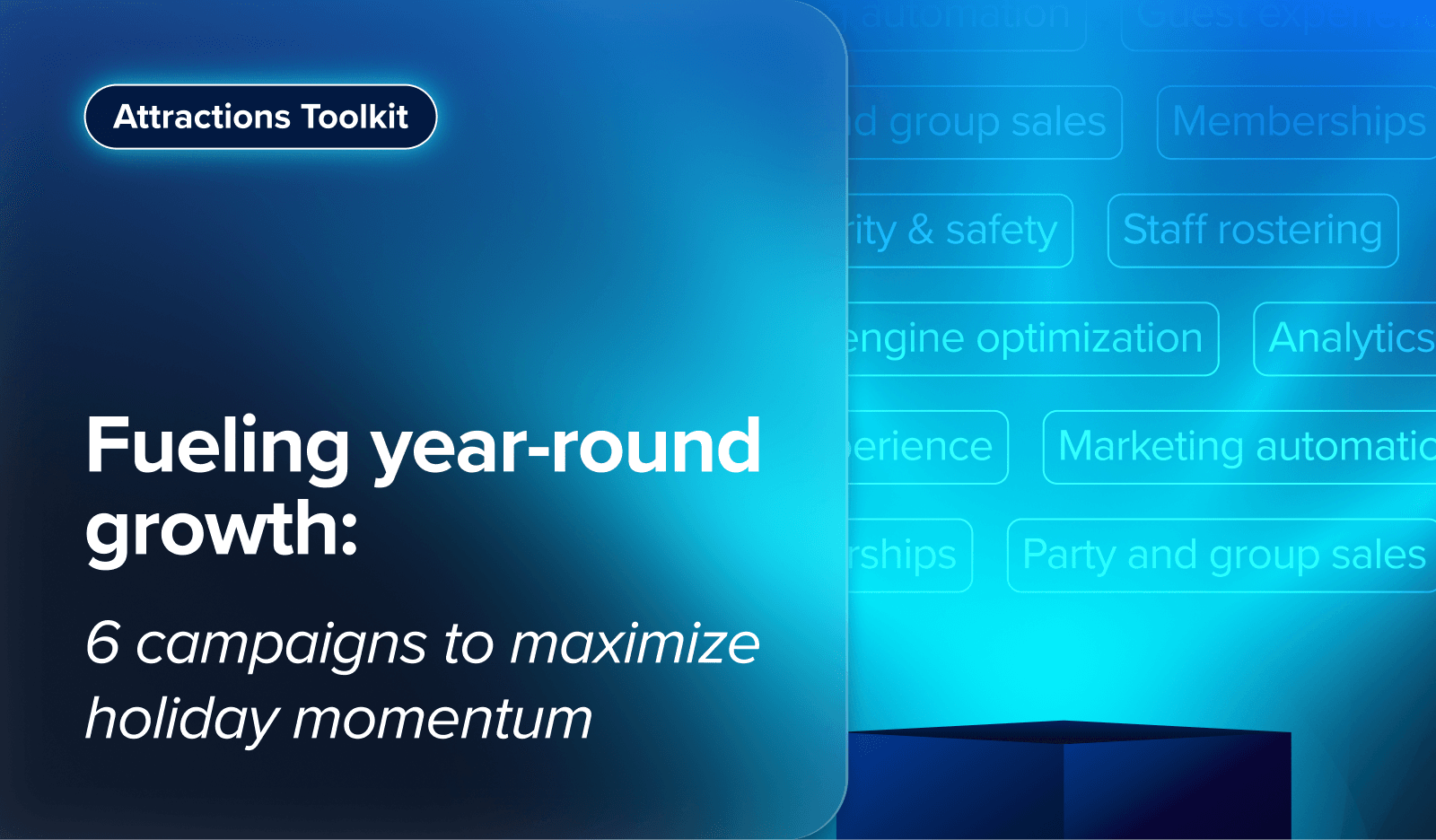Designing Your Packages for Optimal Revenue

Small, medium, large. Basic, preferred, premium. Bronze, silver, gold. And while we’re at it, tall, grande, venti.
The basic formula for creating packages, whether selling beverages, annual passes, or admissions, usually comes down to these three options. Your goal then is to drive guests to large (or premium, gold, or venti) by stressing why they should buy it (AKA upselling). This model has been around for decades, and usually is determined by what is going to make the most money and drive the highest per capita spend. What if, instead of trying to upsell guests, your packages could be directly aligned with the guest experience? In a perfect world, guests would be bursting down your door and demanding the most expensive option. Price becomes irrelevant, because in the guest’s mind, they gotta have it.
In order to get a little closer to Fry’s demand in this classic meme, here are three ways to design your packages for optimal revenue.
1. Align your packages with your marketing
What are you known for? When creating a premium offering, align the offer with how you market your business, and create packages based on the desired marketing messages. While all guests should benefit from the full value of what they expect, regardless if they purchase the most basic option or your most premium, leveraging the unique components of your business can command a higher price and an even more premium experience. Guests praise value for premium offerings at a higher frequency than guests who are price sensitive about basic options, and this is worth tapping into.
In Orlando, Discovery Cove has become world-renowned for one main thing: swimming with and interacting with dolphins. When booking a day at Discovery Cove, guests have an option of enjoying a day at the park with various amenities, or gain full access to the park and reserve a time to swim with the dolphins. SeaWorld, Discovery Cove’s parent company, has carefully crafted the message that you come to Discovery Cove for the dolphins. Images like this one are often used in print and digital advertising:
When aligning your packages with your marketing, it is critical that the communication is clear so that guests do not become confused, which will lead to frustration if they anticipated that they would be entitled to a greater benefit at a lower cost. Discovery Cove names their packages carefully, offering the “Signature Dolphin Swim Package” and the “Day Resort Admission,” to be as intuitive as possible, while describing each option in one sentence so guests know exactly what they are buying. Don’t lead your guests on to think that they’re getting it all with the basic option, only to find out later that they need to expand their budget or take what they’ve got.
2. Gain intelligence from guest feedback
Sure, you know what you want from your revenue goals, but do you know what your guests want? Through surveys, direct messages from guests, online reviews, mystery shops, and other forms of guest feedback, take a look at what guests say that they wish you offered, along with what they perceive as favorable. By diving deep into what can make the guest experience better can also uncover revenue opportunities that were previously missed.
Studying guest feedback is as much a revenue strategy as it is a guest experience strategy. When Luke Shueler, Co-Founder of Flying Squirrel Sports, joined The Guest Experience Show, he talked about how sometimes you can get in your own way by thinking you know exactly what the customer wants. “You might know what you want the customer experience to be, but at the beginning you fail to understand what the customer wants the experience to be.”
Luke continues, “You have that image of what the customer wants, but if I could go back in time and remember that the most important person is the customer, and focus on what the paying customer needs and wants, including current problems that are out of their control, then I could have done a lot of innovations and designs, and solved a lot of problems from the start.” By solving guest’s problems, you unlock new ways that guests can experience your venue, which can seamlessly lead to more premium offerings.
3. Test and adjust
Don’t expect to get it right the first time. Because you are so in tune with what your guests are saying by gaining intelligence from their feedback, you can experiment with your offerings, A/B test different packages to see which resonate more, and play around with pricing and promotions. Of course your goal should be to land on the semi-permanent price and offering in a timely manner, but don’t be afraid to tweak your offerings until you find the equilibrium point between strongest value perception and highest possible price.
When Zishan Amir joined The Guest Experience Show, he emphasized the importance of testing pricing and packages, especially during downtime. At the time of the interview, international travel was highly restricted due to COVID-19, and Zishan said that this is the perfect time to introduce new packages to your local audience.
By stressing that your local audience consists of your harshest critics, Zishan believes that this is an advantage, not a crutch, because you are getting so much more data from it. Harsher critics mean more valuable data, allowing you to accelerate your feedback loop and come up with the best package before the next peak season hits or before your demographic resumes to include international markets. And by getting everything in place before you need it, your per capita spend can be so much higher when it’s go time than if you kept everything the same.
The conversation of driving revenue should never be separated from guest experience. The better the experience, the more revenue opportunities you have. By creating premium offerings, you are better suited to do what you do best: deliver superior experiences that lead to lifelong memories.
Related articles
Enhance your guest experience
Get free education, tips and inspiration to help you run a successful venue.


.jpg)